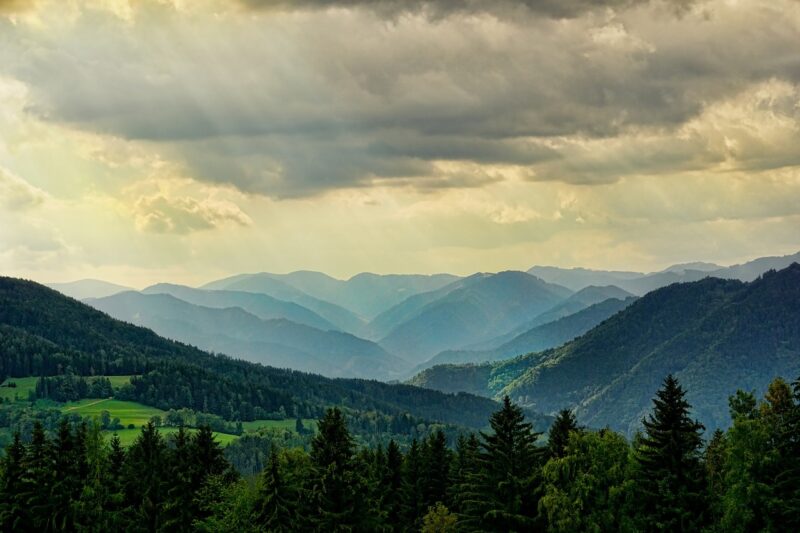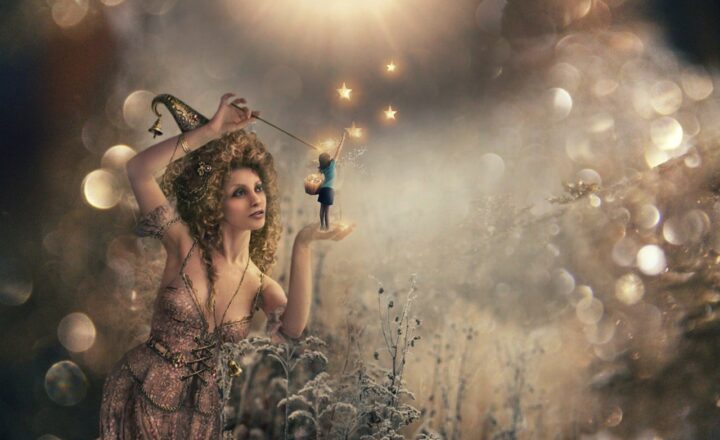Strange Legends of Fairies: Myth or Mysterious Beings in the Forest?
November 15, 2024

Fairies have long captivated the human imagination with their whimsical nature and enchanting tales. These mystical beings, often depicted with delicate wings and playful spirits, inhabit the realm of folklore and mythology across various cultures. While some argue that these legends are mere figments of imagination, others swear by their experiences with these ethereal entities. In this comprehensive article, we’ll delve into the strange legends of fairies, examining their origins, characteristics, and whether they are rooted in myth or reality.
1. The Origins of Fairy Legends
Fairy lore can be traced back to ancient times, with roots in various cultures around the world. The term “fairy” derives from the Latin word “fata,” meaning fate. In many early European cultures, these beings were often associated with nature, fertility, and the supernatural. They were seen as intermediaries between humans and the divine, possessing powers that could influence fate.
In Celtic mythology, particularly in Ireland and Scotland, fairies are believed to be the remnants of the Tuatha Dé Danann, a supernatural race that inhabited the land before the arrival of humans. As the Celts transitioned to a more terrestrial existence, these exquisite beings retreated into hidden realms like lush forests, rolling hills, and sparkling lakes, creating a rich tapestry of legends about their lives.
Other cultures have their own variations of fairies. In Japanese folklore, for example, the Yōkai are spirit creatures that can take on various forms, often resembling humans, animals, or even inanimate objects. Similarly, Native American legends include the “little people,” tiny beings said to inhabit the woods and serve as guardians of nature.
2. Characteristics of Fairies
Fairies have diverse representations and characteristics, depending on the culture and the story. However, several common traits often emerge:
- Physical Appearance: Fairies are frequently depicted as ethereal beings with delicate features and intricate wings. They can vary in size from tiny sprites to beings that resemble fully-grown humans.
- Powers: Fairies are often credited with magical abilities, including the power to heal, cast spells, or grant wishes. In some tales, they can shape-shift or manipulate nature.
- Nature Spirits: Many legends present fairies as guardians of the natural world, intimately connected to the earth, plants, and animals. They symbolize the beauty and fragility of nature, often punishing those who disrespect it.
- Mischief Makers: Fairies are also known for their playful yet often mischievous behavior. They might play tricks on humans, leading them astray or causing minor chaos for their amusement.
These characteristics contribute to the dual nature of fairies as both enchanting and dangerous, evoking a sense of wonder alongside the caution that accompanies their presence.
3. Notable Fairy Legends from Around the World
Fairy tales exist in many cultures, each with unique elements. Here are a few notable stories that illustrate the global fascination with these beings:
- The Pooka (Ireland): The Pooka is a mischievous fairy known for its ability to shape-shift into any creature, often appearing as a horse or goat. This trickster is said to lead travelers astray, but it is also known to offer help to those who show it respect. Stories of the Pooka demonstrate the fine line between the helpful and harmful nature of fairies.
- Tinker Bell (England): Perhaps the most famous fairy in modern culture, Tinker Bell emerges from J.M. Barrie’s “Peter Pan.” This playful sprite is known for her loyalty to Peter but also embodies the reckless nature often attributed to fairies. Tinker Bell’s portrayal has helped shape contemporary views of fairies as whimsical and enchanting, yet often temperamental.
- The Chaneques (Mexico): In Mexican folklore, Chaneques are tiny guardian spirits of the forests. They play pranks on those who venture in, protecting their territory. To appease them, people offer gifts or perform rituals, demonstrating the respect and acknowledgment required for coexisting with these elusive beings.
- The Seelie and Unseelie Courts (Scotland): Scottish folklore distinguishes between two types of fairies: the benevolent Seelie Court and the malevolent Unseelie Court. The former helps humans, while the latter plays harmful tricks. This binary classification highlights varying perceptions of fairies in different contexts, reflecting a deeper mythology surrounding these beings.
These legends serve as cultural mirrors, offering insights into societal fears, values, and respect for nature.
4. Modern Encounters: Tales of Fairy Sightings
Despite the centuries that have passed, many individuals claim to have encountered fairies in modern times. These personal accounts continue to spark debate over the existence of these elusive beings. Some frequently reported experiences are:
- Mysterious Lights: Many people report seeing orbs of light that glide through forests or meadows, attributing these phenomena to fairies. These glowing entities are often accompanied by a sense of peace or joy, enhancing the belief in fairy sightings.
- Whispers in the Woods: Another common occurrence involves hearing soft whispers or laughter while walking through nature. Many believe these sounds to be fairy voices, often experienced in secluded areas, leading some to feel both entranced and unnerved.
- Sightings of Tiny Figures: Occasionally, individuals have claimed to see tiny humanoid figures flitting among the flowers or peeking from behind trees. These encounters often leave observers feeling exhilarated and bewildered, adding fuel to the fairy folklore.
Although skeptics dismiss these accounts as illusions or misperceptions, the persistence of these stories reflects a deep-seated belief in the existence of fairies, keeping the legends alive in contemporary society.
5. The Cultural Impact of Fairies
The allure of fairies transcends mere folklore; they have had a significant impact on art, literature, and popular culture. Artists and writers have long drawn inspiration from fairy legends, weaving them into captivating narratives that explore the interplay between the mundane and the magical. Works such as Shakespeare’s “A Midsummer Night’s Dream” showcase the enchanting yet unpredictable nature of fairies, reinforcing their place in the literary canon.
In contemporary culture, fairies are often romanticized and commercialized, appearing in everything from children’s stories to fantasy films. They symbolize beauty, wonder, and the mysteries of life, appealing to a sense of nostalgia and yearning for enchantment in an increasingly rational world.
However, this commercialization can also vilify fairies, transforming them into benign creatures devoid of their original depth and complexity. It’s essential to recognize the cultural significance of fairy legends and their role in communicating human values and fears throughout history, allowing us to appreciate both the mythical and spiritual dimensions of these beings.
Conclusion: Myth or Reality?
The legends of fairies encapsulate humanity’s fascination with the unknown and the supernatural. While some may argue that fairies are mere myths created by our ancestors to explain the inexplicable, countless individuals continue to believe in their existence. Whether as guardians of nature, tricksters, or benevolent spirits, fairies serve as symbols of our intrinsic connection with the world around us.
The stories we tell about fairies reflect our desires for magic, hope, and wonder in life, reinforcing the idea that even in our modern, rational age, the boundaries between myth and reality can remain delightfully blurred. In the end, perhaps it’s this ambiguity that keeps the legends of fairies alive, reminding us that there is still magic to be found in the forest and beyond.








